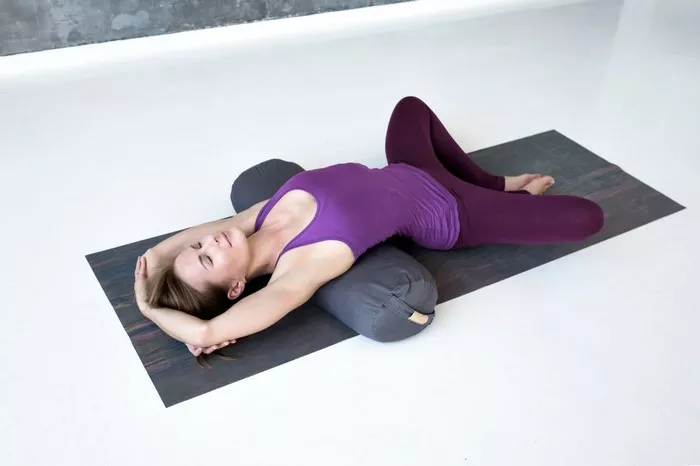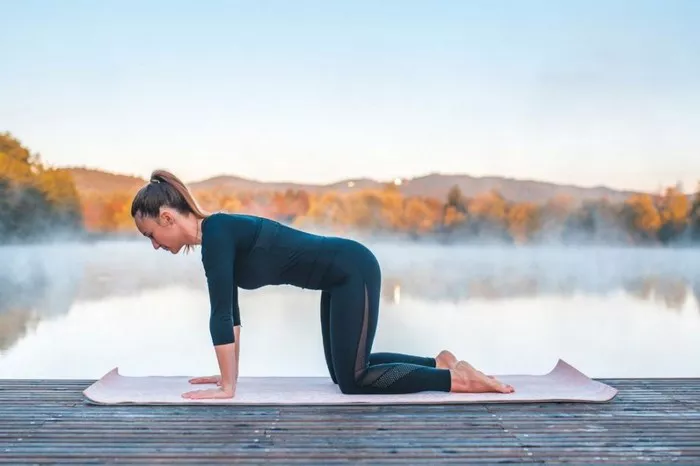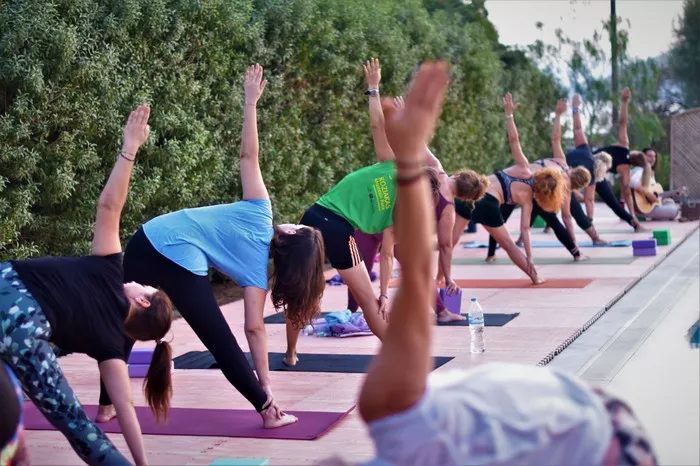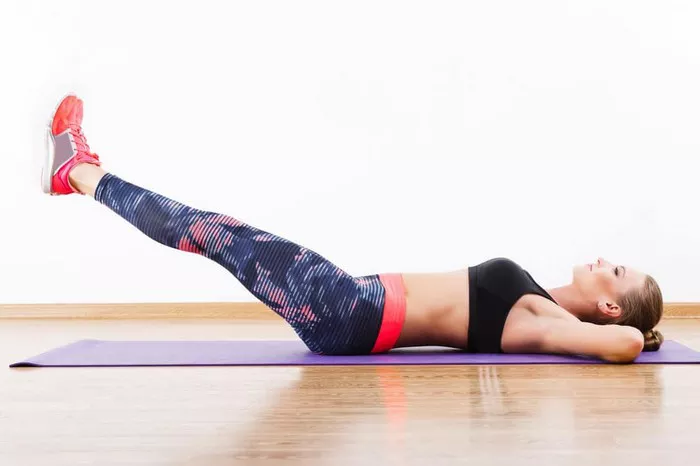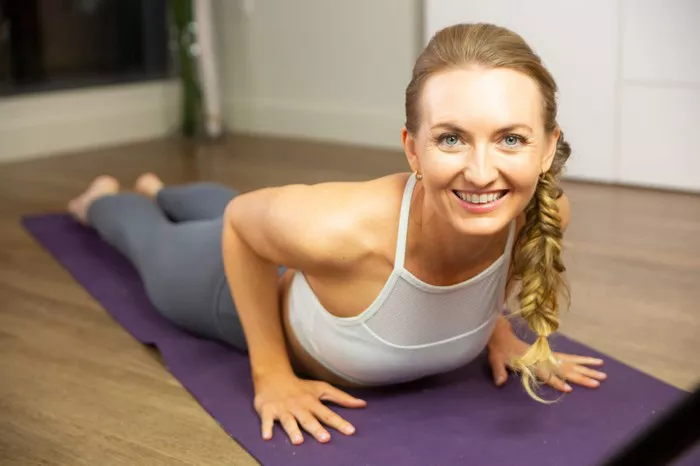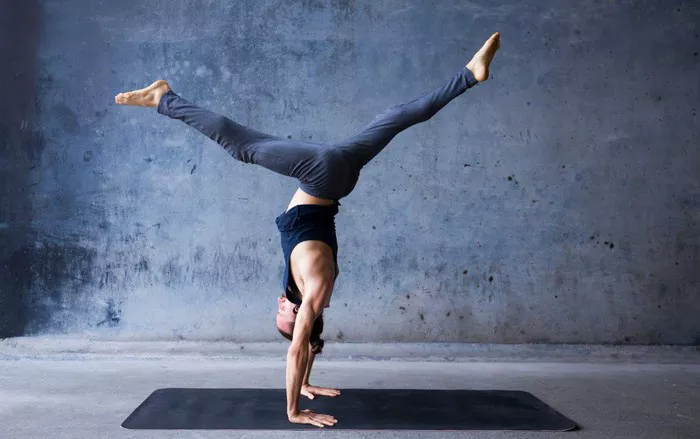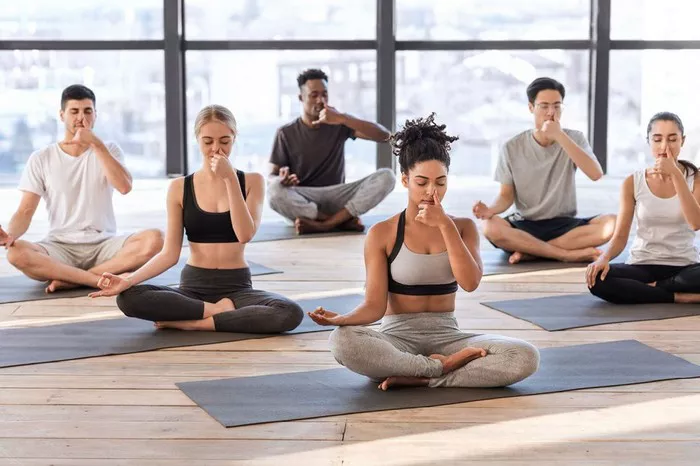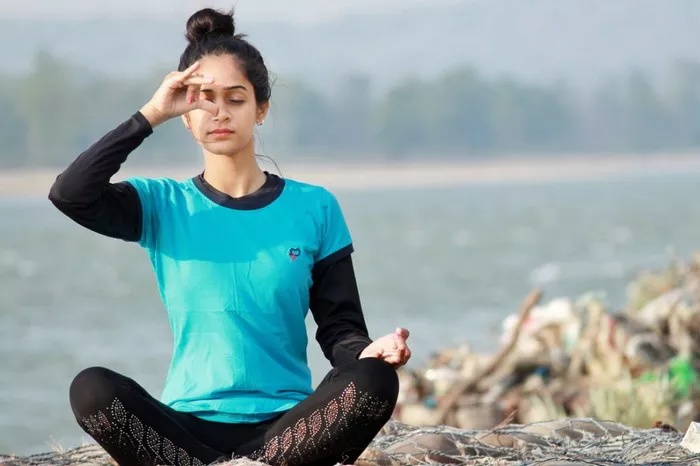Cow Face Pose, known in Sanskrit as Gomukhasana, is a classic seated yoga posture renowned for its deep stretching benefits and therapeutic effects. This pose is often included in yoga sequences that focus on enhancing flexibility, opening tight areas in the body, and promoting overall joint health. Despite its seemingly straightforward appearance, Gomukhasana targets a complex interplay of muscles, making it a powerful posture for both physical and mental well-being.
The name “Cow Face” derives from the position of the arms and legs, which resemble a cow’s face and ears. Practitioners fold their legs in a stacked position and interlace their arms behind their back in a challenging shoulder stretch. It is a pose that requires patience and practice, and it can be modified to suit different flexibility levels.
In this article, we will delve deeply into the question: What muscle does Cow Face Pose stretch? We will explore the specific muscles involved, the benefits of stretching them, and tips for practicing the pose safely and effectively.
What Muscles Are Engaged and Stretched?
Cow Face Pose is unique because it targets several muscle groups simultaneously, both in the lower body and the upper body. Let’s break down the key muscles stretched and engaged in this posture.
1. Muscles Stretched in the Shoulders and Arms
One of the most distinctive aspects of Gomukhasana is the intense stretch it provides to the shoulder girdle and the arms.
- Deltoids (Posterior and Anterior): The deltoid muscles cover the shoulder joint. When you reach one arm overhead and bend the elbow, while the other arm reaches up from behind the back to clasp the fingers, the deltoids are lengthened and stretched, particularly the posterior deltoid of the raised arm and the anterior deltoid of the lower arm.
- Triceps Brachii: The arm that reaches overhead and bends at the elbow stretches the triceps, especially the long head of the triceps, which crosses the shoulder joint.
- Teres Major and Minor: These smaller muscles at the back of the shoulder assist with internal and external rotation of the humerus (upper arm bone) and are stretched during the arm positioning.
- Rhomboids and Middle Trapezius: These muscles between the shoulder blades help stabilize the scapula. The act of clasping the hands behind the back stretches and opens these muscles.
- Latissimus Dorsi: When one arm is raised overhead, the latissimus dorsi on that side is lengthened, especially as the torso may lean slightly to increase the stretch.
2. Muscles Stretched in the Hips and Legs
Gomukhasana’s distinctive leg position involves crossing the thighs and stacking the knees, which opens and stretches key muscles in the hips and legs.
- Gluteus Maximus and Medius: These are the primary muscles of the buttocks, responsible for hip extension, rotation, and abduction. The crossed-leg position stretches these muscles on both sides, particularly the gluteus medius of the bottom leg.
- Piriformis: This small, deep muscle in the buttock area, which is often tight in people who sit a lot, is stretched deeply in Gomukhasana, especially in the hip of the bottom leg.
- Hip External Rotators: The combination of flexion and external rotation required to stack the knees stretches muscles like the obturator internus and the gemelli group.
- Quadriceps (Rectus Femoris): The front thigh muscles are gently stretched, especially on the top leg.
- Hamstrings: While not the primary focus, there is some engagement and mild stretching of the hamstrings depending on individual anatomy and flexibility.
- Adductors: The inner thigh muscles experience a mild stretch due to the positioning of the legs.
3. Additional Areas of Stretch and Engagement
- Chest (Pectoralis Major and Minor): When the arms are clasped behind the back, the chest muscles are gently stretched, opening the front body.
- Spine and Core: The pose encourages an upright spine with a slight lift from the core muscles. While these muscles are primarily engaged for stability, the gentle extension of the upper back also promotes flexibility in the thoracic spine.
Benefits of Stretching These Muscles in Cow Face Pose
The muscles stretched in Gomukhasana play crucial roles in daily movement and posture. Stretching them has profound benefits, including:
1. Improved Shoulder Mobility
Shoulders are among the most mobile yet vulnerable joints in the body. Tightness in the deltoids, rotator cuff muscles, and scapular stabilizers can lead to pain and restricted movement. Cow Face Pose stretches these muscles deeply, promoting:
- Increased range of motion
- Relief from shoulder tension and stiffness
- Prevention of common shoulder injuries such as impingement
2. Hip Opening and Pain Relief
Tight hips are a widespread issue, often caused by prolonged sitting. Gomukhasana’s hip stretch:
- Enhances flexibility in the external rotators and gluteal muscles
- Helps reduce lower back pain by improving hip mobility
- Eases conditions like sciatica by relieving piriformis tightness
3. Postural Alignment and Back Health
Stretching the chest and opening the shoulders counteracts the hunched posture common in desk workers. This helps:
- Improve posture
- Reduce upper back and neck pain
- Encourage proper spinal alignment and thoracic extension
4. Mental Focus and Stress Relief
As a seated posture requiring balance and breath control, Cow Face Pose promotes mindfulness and stress reduction. The release of muscle tension fosters relaxation and calm.
How to Practice Cow Face Pose Safely and Effectively
While Gomukhasana is highly beneficial, it requires careful approach to avoid strain or injury, especially in the shoulders and knees.
Step-by-Step Instructions
- Seated Preparation: Sit on the floor with legs extended.
- Leg Position: Bend the right knee and cross the right leg over the left, stacking the right knee on top of the left knee. If this is difficult, sit on a folded blanket for support.
- Foot Placement: Bring the right foot to the outside of the left hip. Bend the left knee and bring the left foot to the outside of the right hip, stacking the knees.
- Arm Position: Reach the right arm up, bend the elbow, and let the hand drop behind the back. Reach the left arm behind the back from below and try to clasp the fingers or hold a strap.
- Spine and Breath: Lengthen the spine, lift the chest, and breathe deeply for 30 seconds to 1 minute.
- Switch Sides: Release the pose slowly and repeat on the opposite side.
Modifications and Props
- Use a yoga strap or towel to connect the hands if clasping is difficult.
- Place a folded blanket under the hips for comfort and better alignment.
- Avoid forcing the legs into the full stacked position; work within your current range.
- Warm up the shoulders and hips with preparatory stretches before attempting Gomukhasana.
Precautions
- Avoid this pose if you have recent or chronic shoulder, knee, or hip injuries.
- Listen to your body and stop if you experience sharp pain.
- Consult a healthcare provider if you have any concerns before starting.
Conclusion
Cow Face Pose (Gomukhasana) is much more than a seated posture—it is a comprehensive stretch that targets crucial muscles in the shoulders, arms, hips, and legs. The primary muscles stretched include the deltoids, triceps, latissimus dorsi, rhomboids, gluteal muscles, and hip external rotators. This combination makes the pose highly effective for improving flexibility, reducing pain, and enhancing posture.
Practicing Gomukhasana regularly with mindfulness and proper technique unlocks physical benefits and cultivates mental calmness. Whether you are a beginner or an experienced yogi, integrating Cow Face Pose into your practice can support your journey towards balanced strength and flexibility.
If you are curious about the muscles it stretches or the best way to incorporate it into your routine, understanding the anatomy and approach detailed here will help you maximize the benefits safely.
Related Topics:



